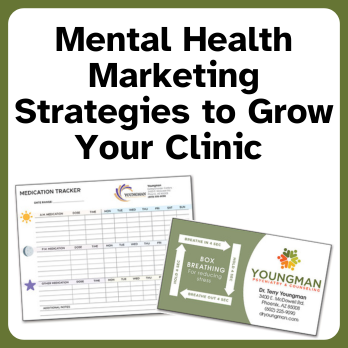The Centers for Disease Control and Prevention recently released its Summary of Infection Prevention Practices in Dental Settings: Basic Expectations for Safe Care. OSAP describes this document as “a plain language summary” of its 2003 (and later) guidelines for infection control. Healthcare workers should use this document as a supplement to the guidelines published from 2003—but not a replacement.
Curious as to what changes you need to implement in your dental practice? Visit OSAP.org’s handy list of “Relevant CDC Recommendations Since 2003.” Here’s what you can expect to be covered in the Summary at-a-glance, according to OSAP:
- Administrative Measures
- Infection Prevention Education and Training
- Dental Healthcare Personnel Safety

- Program Evaluation
- Standard Precautions
- Dental Unit Water Quality
Key points for infection control that you should be implementing in your practice.
This is not an exhaustive list of information. Rather, each section below will include highlights from the CDC’s new summary.
Respiratory Hygiene and Cough Etiquette
- Post signs at entrances with instructions for proper respiratory hygiene for those patients who show symptoms of infection, including the proper way to contain their cough and dispose of tissues, as well as proper hand washing techniques.
Safe Injection Practices
- Enter medication containers (single and multi-dose vials, ampules and bags) with a new needle and syringe EVERY TIME—even when getting more doses for the same patient.
Sterilization and Disinfection of Patient Care Items and Devices
- In or near the reprocessing area if possible, manufacturer instructions for reprocessing reusable dental instruments/equipment should be readily available.
- Follow routine maintenance instructions from your sterilization equipment manufacturer.
Has your dental office mastered infection control?
Review the Summary of Infection Prevention Practices in Dental Settings: Basic Expectations for Safe Care, “Relevant CDC Recommendations Since 2003” and the CDC infection control guidelines you currently have. If you need guidance on any changes you need to make, consider the Infection Control and OSHA 2016 online training offered by the ADA—but check with your State Licensing Board first to make sure the course meets your state standards.
Get the widest selection of Infection Control products
Did you know SmartPractice carries the widest selection of Infection Control products on the market? You’ll also get exam glove solutions designed to keep you, your patients and your staff safer.







